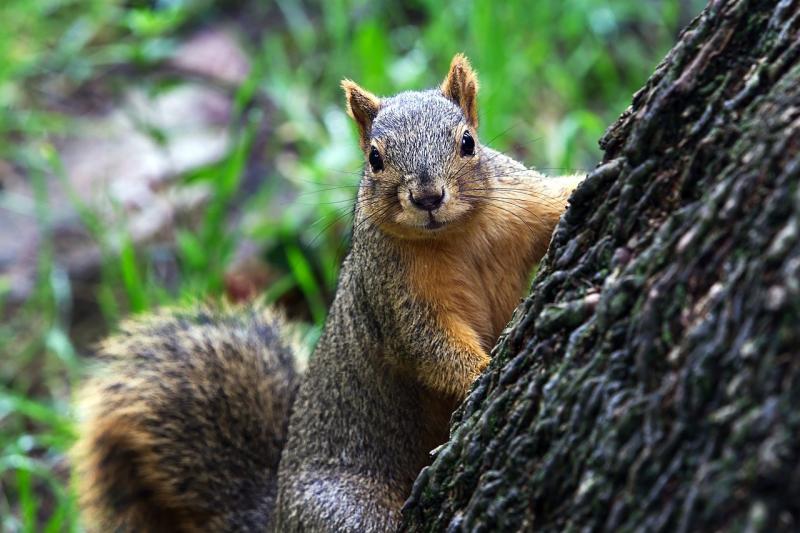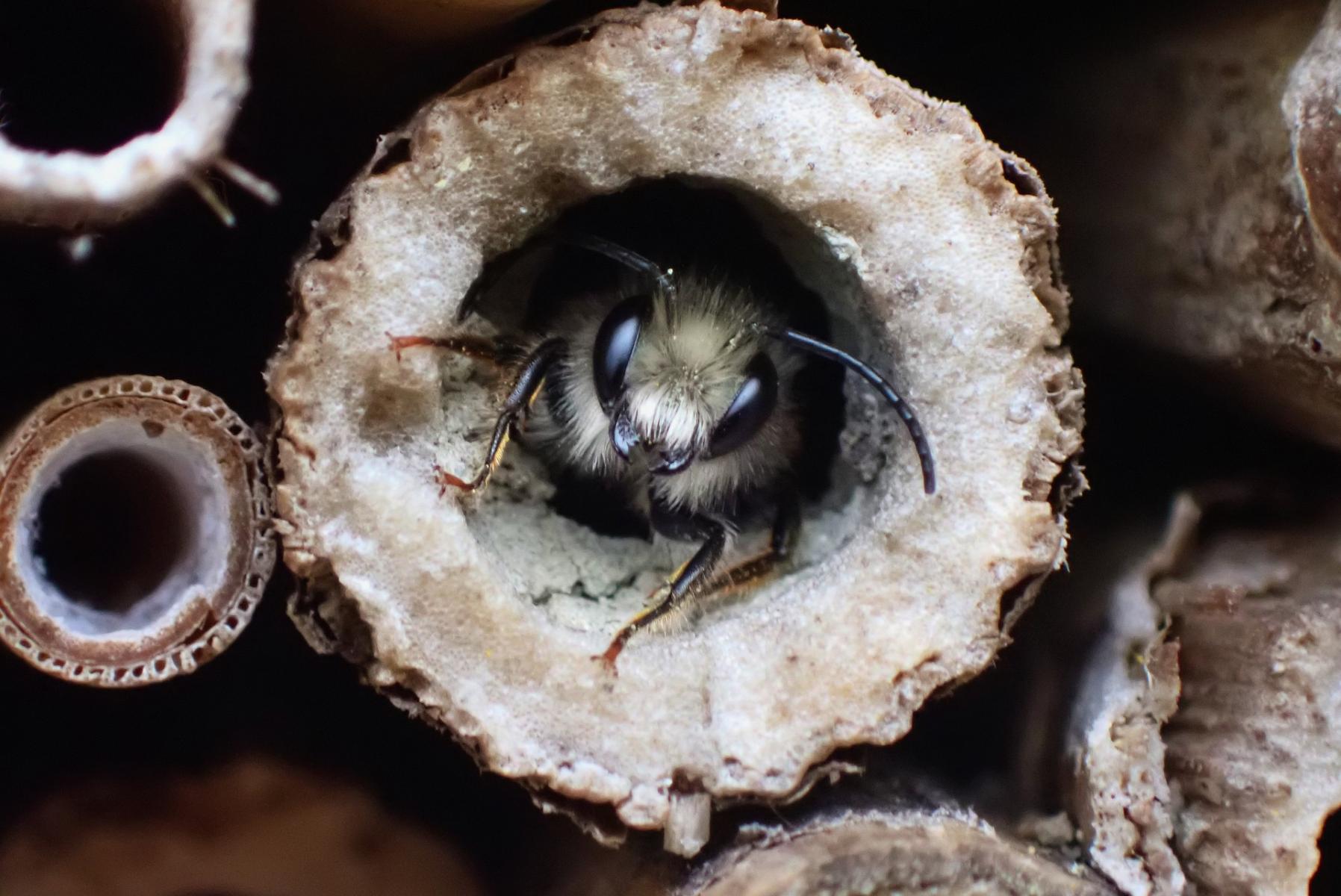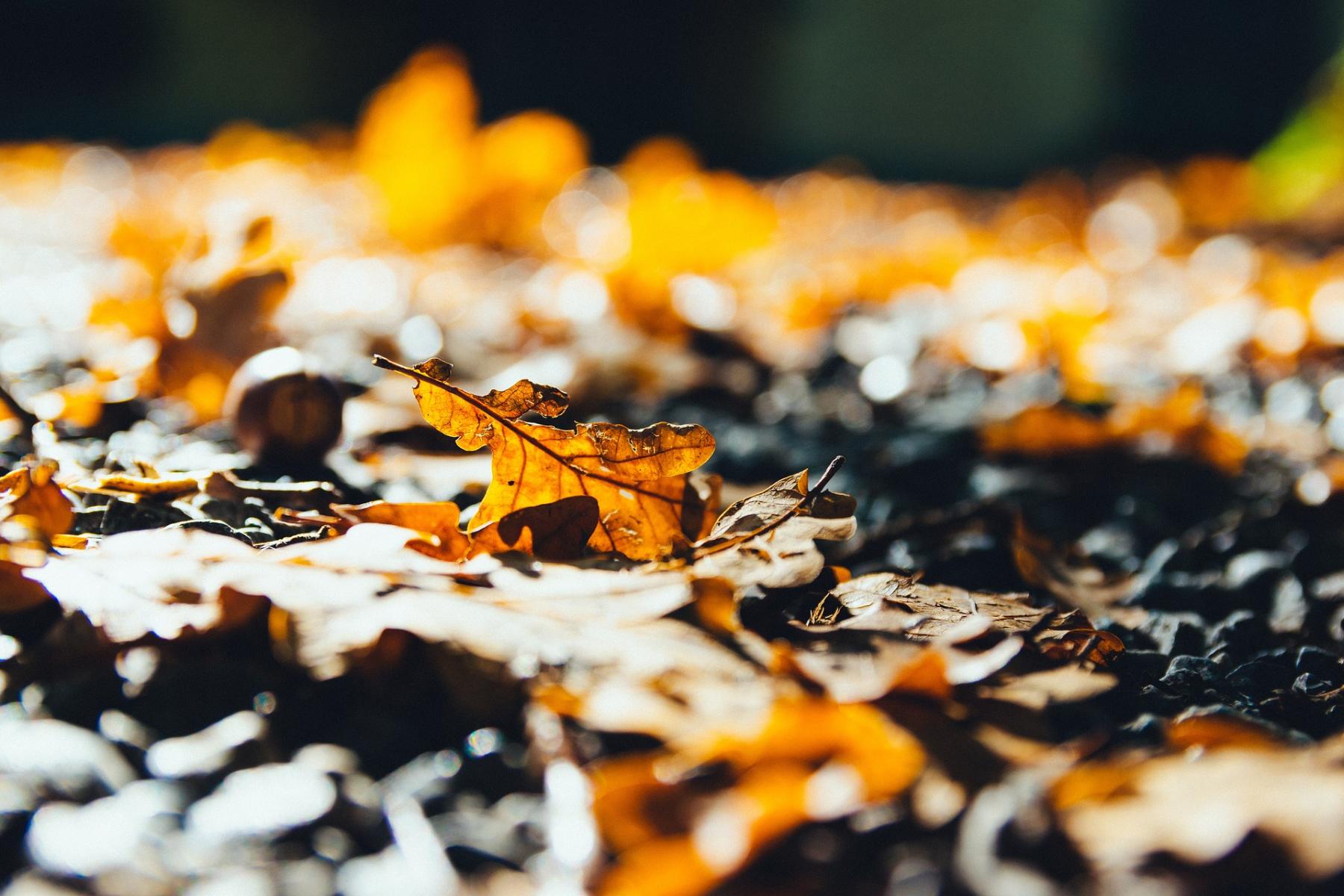
As you give your vegetable garden a final fall cleanup this year, consider leaving some plant residues for wildlife and some plant stubble for pollinators.
Wildlife
For wildlife, leave bean plants and beans that got too mature to be harvested, corn stalks with nubbin ears that never grew big enough, oversized summer squash, winter squash and pumpkins with soft spots or frost damage, leafy vegetables that went to seed, and the tough outer leaves and stalks of broccoli, Brussels sprouts, cabbage and the other cole crops as an emergency food source for wildlife.
Vegetable garden sanitation is important for disease control, so do clean up any plants there were heavily disease infested during summer. Remove and burn or put out for the trash pickup any diseased plant materials, including corn that has been infected with smut, wilt-stricken squash vines, and blighted tomato and potato plants.
Till or plow under stands of weeds and mulch that might provide overwintering shelter for squash bugs, cucumber beetles, Colorado potato beetles, European corn borers and other pests. But leave residues of healthy plants that could serve rabbits, birds and, in rural areas, deer as a winter food reserve.
Do not be surprised if some of the less palatable foods stand untouched for weeks or even months. The beans and squash seeds will go quickly, while things like Brussels sprouts stalks and leaves may remain a long time. But when snow gets deep and bark is about the only other food available, even those tough old stalks may be consumed.
Leaving garden residues for wildlife may help take some of the pressure off fruit trees and other potential foods in your landscape. It is wise not to count on this, however, to protect your landscape plants from all harm. Mice will still be busy under the snow, so you will still need to protect fruit trees and valuable landscape plants with either physical barriers or taste/odor repellents.
 Pollinators
Pollinators
Balancing the need for garden disease control and pollinator habitat is another important consideration. With concerns about bees, other pollinators and beneficial insects at the forefront of many gardener's minds, it's important to understand what you can do now – during fall garden clean up – to maintain and create good insect habitat. Insects over winter in a variety of ways, but these can be broadly grouped as 1) protected in the soil, 2) within leaf litter or other vegetation and 3) above ground on vegetation or other surfaces.
In years past, many gardeners cleaned up all the debris in their gardens, making them clean as a whistle at the end of the growing season. Garden clean up often involves cutting down stems from perennials to the ground or as close to the plant crown as possible. Removing any leaves that blew into the garden during fall.
But we know some of those dead stems will provide overwintering sites for insects such as stem-nesting bees. Plus, there are many beneficial insects overwintering in leaf litter or just under the soil surface, so cutting down and discarding all of fall's stems and leaves can reduce the number of beneficial insects in your garden.
Don't be a Neat Freak
Consider leaving your fall gardens in a less than perfect condition. Getting rid of all that leaf debris is not only a waste of good organic material, it decreases your population of beneficial insects.
For example, luna moths lay eggs on a variety of trees, including black walnut, willow, sumac and white birch. They overwinter as cocoons, which can often be found beneath these trees and could be discarded or killed during spring garden clean-up. Praying mantids overwinter as eggs in a dried papery egg mass on plant stems. Fireflies, lady bugs, spider mite destroyers, ground beetles and many other beneficial insects hide in protected leaf litter during winter.
A thick mulch layer is difficult for ground-nesting bees to dig through to reach the soil beneath; this reduces the potential for these bee species to make their home in your landscape. Leaf litter is easier for them to dig through, so creates better habitat.
Consider using existing leaf litter as your mulch or only mulching a few feet at the front of your gardens in the most visible areas. Allow the back of beds, which are less visible, to remain covered by a natural mulch of leaf and plant debris.
 Cut Down Stems – Part Way
Cut Down Stems – Part Way
Many gardeners know leaving dead plant stalks standing over winter, is a good practice. Hollow stems are used by some insects as overwintering sites, such as the mason bee above.
The stems many also provide some support for your perennials next summer, helping those that tend to flop down stand a little taller. Your plant's new growth will quickly cover and hide these old stems from view. The infographic below, from The Ohio State University, gives a good overview of how to maintain garden perennials while maintaining good bee habitat.
How to Create Habitat for Stem-nesting Bees
Once you've cut your perennial stems back to staggered height, consider cutting the old stem tops into smaller pieces (about 4-6 inches) and allow them to lay on the ground, utilizing them as leaf litter as discussed above. They contribute organic matter to the garden as they decay and any remaining seeds in the old flower heads may start new plants.
If the garden doesn't look neat enough when you're done, lightly top dress with mulch. This will hold any leaves or debris in place, reducing the potential of it blowing out of your beds. Just don't put it on too thickly if you're trying to maximize habitat for ground-nesting bees.
When you're done, you'll have neat looking gardens ready for next spring's growth, a little food for wildlife and great habitat for bees, pollinators and other beneficial insects.
Images from Pixabay.
- Feature image - Leaving garden residues as food sources for wildlife may help take some of the pressure off fruit trees and other potential foods in your landscape.
- Mason bees are solitary and lay their eggs in hollow stems.
- Consider mulching planting beds in fall with fallend leaves. Leaf litter is easier for pollinators to dig through than mulch, so creates better habitat.